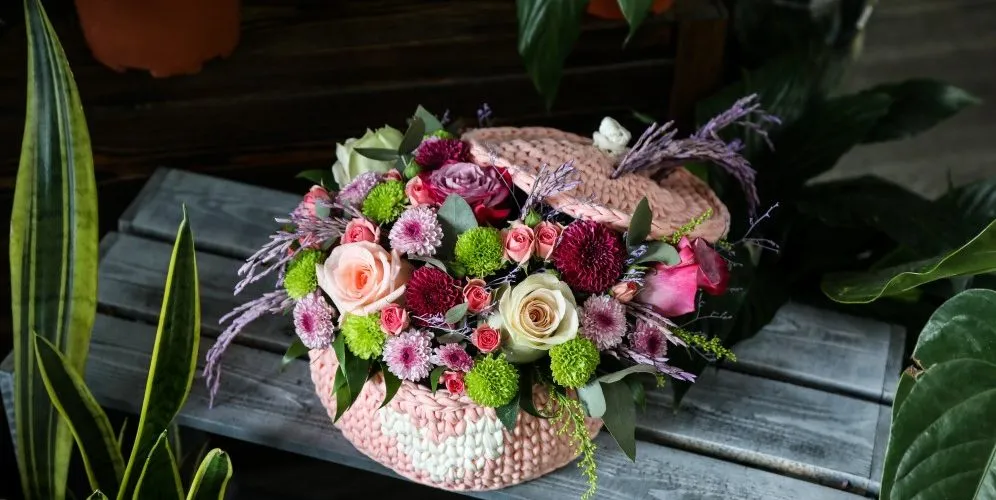Engagement rings have long been a symbol of love, commitment, and the promise of a shared future. Over the years, engagement ring trends have evolved significantly, reflecting changes in fashion, social attitudes, and technological advancements. From the Victorian era to the modern day, the evolution of engagement ring styles offers a fascinating glimpse into how our perceptions of romance and luxury have transformed. This article explores the major engagement ring trends from the 19th century to today.
The 19th Century: Victorian Elegance
The Emergence of the Solitaire Diamond
The 19th century marked the beginning of the modern engagement ring as we know it. During the Victorian era, solitaire diamond rings gained popularity, symbolizing both simplicity and sophistication. The use of diamonds became more prevalent, partly due to advancements in cutting techniques that enhanced their brilliance and sparkle.
Intricate Designs and Sentimental Symbols
Victorian engagement rings often featured intricate designs with sentimental symbols. It was common to find rings adorned with gemstones representing birthstones, flowers, or even initials. These rings were typically crafted with elaborate settings and were often passed down through generations as cherished heirlooms.
The Early 20th Century: The Rise of the Art Deco Era
Glamour and Geometric Precision
The Art Deco era, spanning from the 1920s to the 1930s, brought a shift towards geometric and streamlined designs. The period was characterized by a fascination with modernity and luxury, which was reflected in engagement ring trends. Art Deco rings featured bold geometric shapes, clean lines, and a mix of materials such as platinum and colored gemstones.
The Popularity of Emeralds and Sapphires
While diamonds remained popular, colored gemstones like emeralds and sapphires gained prominence during the Art Deco period. These stones were often used in combination with diamonds to create striking contrasts and unique designs. The era’s emphasis on opulence and precision set the stage for some of the most memorable engagement rings of the 20th century.
The Mid-20th Century: Post-War Romance
The Introduction of the Diamond Engagement Ring
The mid-20th century, particularly the 1940s and 1950s, saw the widespread adoption of diamond engagement rings as a standard. This shift was largely influenced by De Beers’ “A Diamond is Forever” campaign, which successfully positioned diamonds as the ultimate symbol of eternal love. The campaign significantly impacted public perception and set the tone for future trends.
Classic and Timeless Designs
During this time, engagement rings featured classic and timeless designs. Solitaire diamonds remained popular, but there was also a rise in three-stone settings, symbolizing the past, present, and future of a couple’s relationship. These rings were often crafted in yellow gold or white gold, reflecting the prevailing tastes of the era with evry jewels.
The Late 20th Century: The Advent of Personalization
The Emergence of Unique and Customized Designs
The latter part of the 20th century saw a shift towards personalization and unique designs. As more couples sought to express their individuality, engagement rings became increasingly customized. Jewelers began offering a wider variety of styles, including non-traditional settings and alternative gemstones, allowing for greater creativity and personal expression.
The Popularity of Alternative Gemstones
Sapphires, rubies, and other colored gemstones became popular choices for engagement rings, reflecting a growing desire for unique and personalized jewelry. The use of alternative gemstones allowed couples to select stones that had special meaning or complemented their personal style, moving away from the traditional diamond-centric approach.
The 21st Century: Modern Trends and Innovations
The Rise of Ethical and Sustainable Jewelry
In recent years, there has been a growing emphasis on ethical and sustainable jewelry practices. Many couples are now prioritizing conflict-free diamonds and environmentally friendly materials when choosing their engagement rings. This trend reflects a broader societal shift towards greater awareness and responsibility in luxury consumption.
Innovative Designs and Technology
The 21st century has seen a surge in innovative ring designs, driven by advances in technology and changing fashion preferences. 3D printing and computer-aided design (CAD) have revolutionized the way engagement rings are created, allowing for unprecedented precision and customization. Additionally, contemporary trends include the use of alternative metals like rose gold and black titanium, as well as non-traditional diamond cuts and settings.
The Popularity of Vintage and Retro Styles
Despite the focus on modernity, there has been a resurgence of interest in vintage and retro engagement ring styles. Many couples are drawn to the romantic and timeless appeal of antique designs, often opting for rings that evoke the charm of past eras. Vintage-inspired rings, featuring intricate details and unique settings, offer a way to celebrate the past while embracing contemporary values.
Conclusion
The evolution of engagement ring trends over the decades reflects broader changes in society, fashion, and technology. From the intricate designs of the Victorian era to the modern emphasis on ethical and personalized choices, engagement rings have continuously adapted to meet the desires and values of each generation. As we look to the future, it is likely that engagement ring trends will continue to evolve, blending tradition with innovation to create timeless symbols of love and commitment. Whether you prefer classic elegance or contemporary flair, understanding the history of engagement rings can provide valuable insight into the significance and beauty of this enduring symbol of romance.




